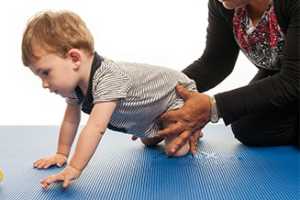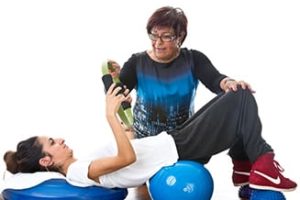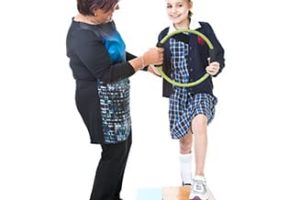Stroke can have a profound impact on an individual’s life, frequently leading to physical impairments and loss of upper limb function. Loss of motor control, weakness, spasticity and sensory deficits can significantly affect a person’s ability to perform daily activities.
However, with timely and consistent rehabilitation, significant improvements in upper limb function are possible. Below we will explore the importance of upper limb rehabilitation after a stroke, treatment approaches used at Birkdale and strategies to promote recovery.
The impact of stroke on the upper limb
The impact of a stroke on the upper limb can vary depending on the location and severity of the stroke. Typically, the side of the body will be affected which is opposite to the hemisphere of the brain which is injured.
In many cases, individuals have difficulty using their arm following a stroke, which can lead to long term reduced use and dysfunction. Simple, everyday tasks such as washing and dressing, eating and brushing teeth can become challenging. Recovery can be frustrating with loss of independence and decline in overall well-being. Research suggests that repeated, frequent practice of meaningful tasks to re-educate quality and control of movement along with postural control and balance can reduce these difficulties.
Neuroplasticity
Neuroplasticity is the brain’s remarkable ability to reorganize itself by forming new neural connections. It is key to stroke recovery. Specific, task-based training drives this plasticity, allowing the nervous system to change and rewire itself in response to the stimulation of learning and experience. The brain has a huge capacity for plasticity. It is now considered to be a highly dynamic system which is capable of reorganization across a whole lifespan. In treating a patient following a stroke, we aim to harness this neuroplasticity by repeating tasks in an engaging way to enable these new neural connections to become stronger, leading to functional change.
How can physiotherapy help?
Physiotherapy is a cornerstone of stroke recovery. Intervention is focussed on improving patterns of movement, alignment, strength and coordination. Exercises may focus on range of motion, joint mobility and muscle strengthening. At Birkdale, we use technology extensively in upper limb rehabilitation.
We champion the use of functional electrical stimulation (FES), also known as neuromuscular electrical stimulation (NMES) in upper limb rehabilitation. This is a form of stimulation that is applied to the skin via electrodes and delivers an electric current to the sensory or muscle fibres, depending on the frequency used. It can help muscles contract and help to restore muscle function. It can also stimulate sensory nerves where there has been a loss of sensation. FES can help many individuals complete a variety of activities that were previously difficult by enabling movement.
We also have technology from MindMaze available for use at the clinic. This is a variety of digital therapies that are created to promote repetitive movements, with the added benefit of being gamified with visual and auditory feedback. Individuals have full body motion capture, feedback in real time and additional hardware, the ‘Izar’ device that we use for finger and hand rehabilitation.
Every stroke recovery journey is unique, and the rate of progress can very from person to person. However, with support, motivation and appropriate interventions, many individuals can make significant changes in upper limb function and improve their quality of life.



